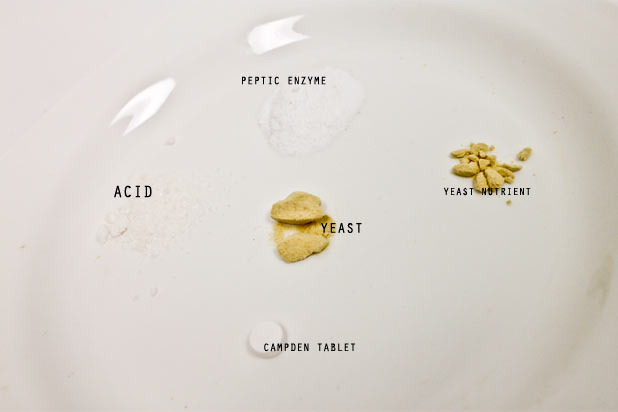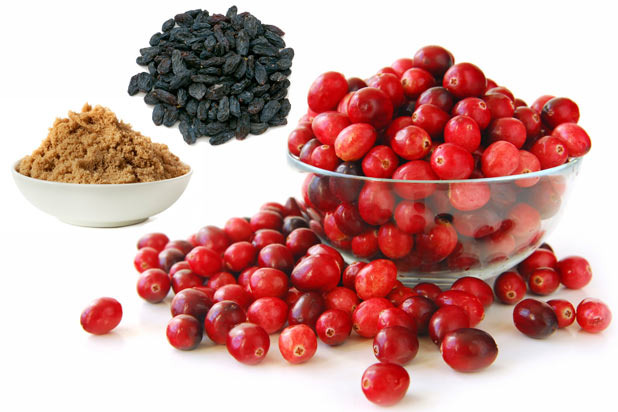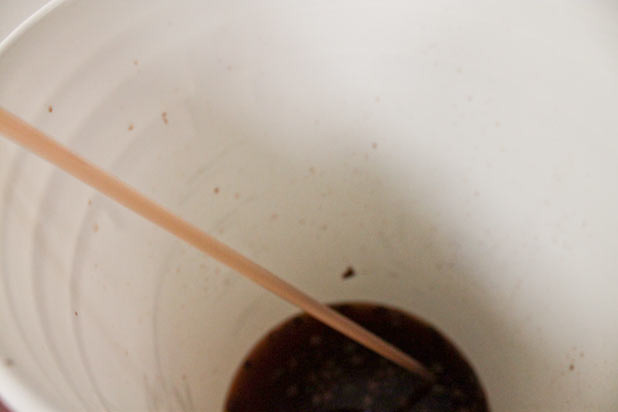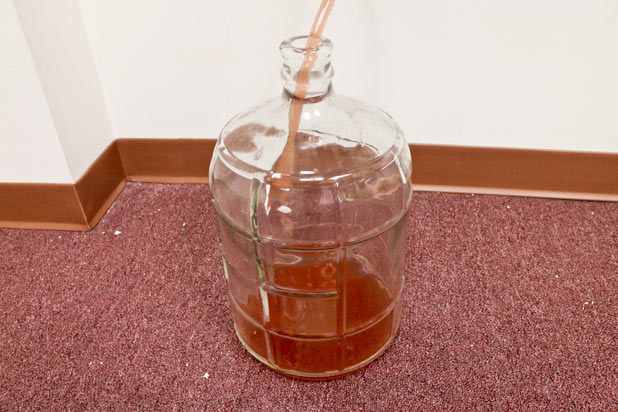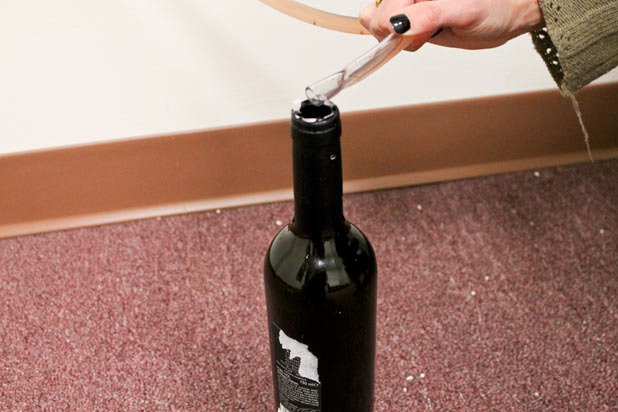How To Make Your Own Cranberry Wine
As when making any wine, you'll need the proper equipment. There are various types you can buy, ranging from size to sophistication, and for our project we went with the most basic package. We chose to start our wine in a 3 gallon primary fermenter, where it would live in its early stages of life, and then purchased a glass carboy as the secondary fermenter. For the carboy, we also bought an air lock that would allow oxygen to flow in and out of the wine while it fermented for over a year. Along with the containers, we needed a hydrometer, a siphon hose, a racking cane, and a shut off clamp.
Active Ingredients
We used five active ingredients when starting our wine to give it a little push, and also to ensure it resulted in the best possible quality. As with any wine, we used yeast, which is the main star of the show because it causes the wine to ferment and produce alcohol. We also used was pectic enzymes, which would break down the gluttonous matter of the cranberries so that we got a pure and clear wine, and an acid blend, which would give our wine a lively, fruity flavor. A campden tablet was added to kill any undesirable yeasts or bacteria, and we also used a yeast nutrient, which would make our wine more flavorful because it adds any nutrients that were missing as a result of using cranberries.
Natural Ingredients
This is where the fun part came in, because we were able to choose which kinds of natural ingredients we wanted to add to our wine for a desired flavor. Any wine recipe always contains fruit and sugar. The fruit gives the wine the flavor and color, while the sugar works with the yeast to create the alcohol. For our recipe, we chose to use 3 lbs of brown sugar, 2 lbs of chopped cranberries, and 1 lb of raisins to complement the cranberries.
Starting our wine
To start our wine, we mixed together 3 gallons of water with the natural ingredients and all of the active ingredients except for the yeast and then we let it sit overnight. The next morning, we checked the gravity using our hydrometer to make sure it was between 1.110 and 1.115. By checking the gravity, we're checking to see that the relative density of liquid to water is at an appropriate level for us to add the yeast. Once we reached the level we wanted, we mixed in our yeast and gave it a "one week vacation" in the primary fermenter.
Siphoning
After five days, the yeast had started to do its magic (the wine was fizzy and had a particular alcohol smell to it) and so we knew it was ready to be air-sealed in the secondary fermenter. First, we removed all of the whole cranberries from our wine using a slotted spoon. Then we used our racking cane, siphon, and shut off clamp, to transfer the wine into the secondary fermenter. The reason we siphon using a racking cane is because the racking cane removes any impurities or dead yeast from the wine as it is suctioned from the primary fermenter. Any old yeast or bacteria will cause the wine to become bitter, so we didn't want it to be a part of the fermenting process any longer than it had. Once our wine was siphoned, we placed our airlock on top, sealed it shut, and waited in anticipation.
Bottling
After a year of fermenting, our wine was ready to drink. Using our siphon hose and shut off clamp again, we siphoned the wine from the secondary fermenter into wine bottles for us to enjoy.

